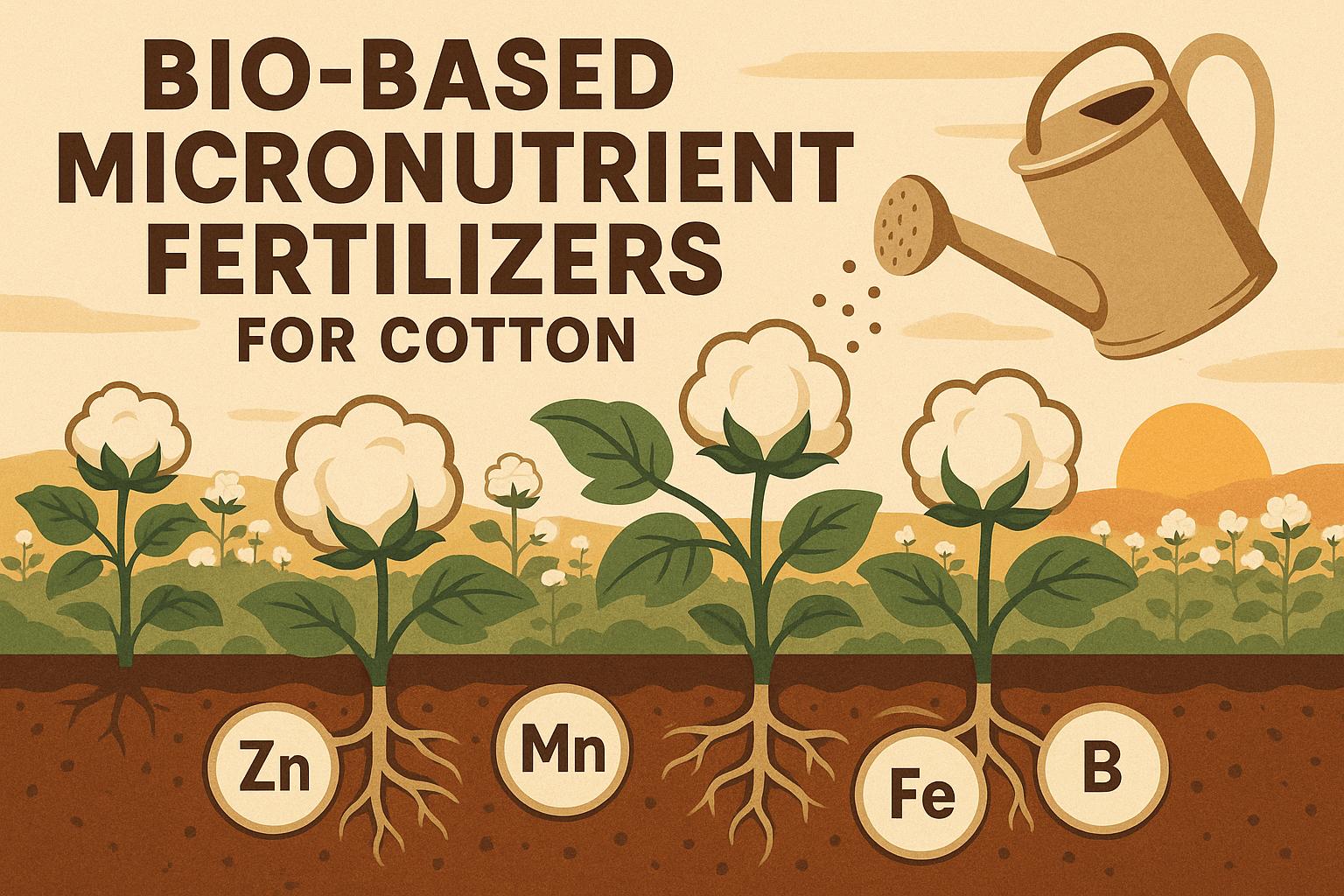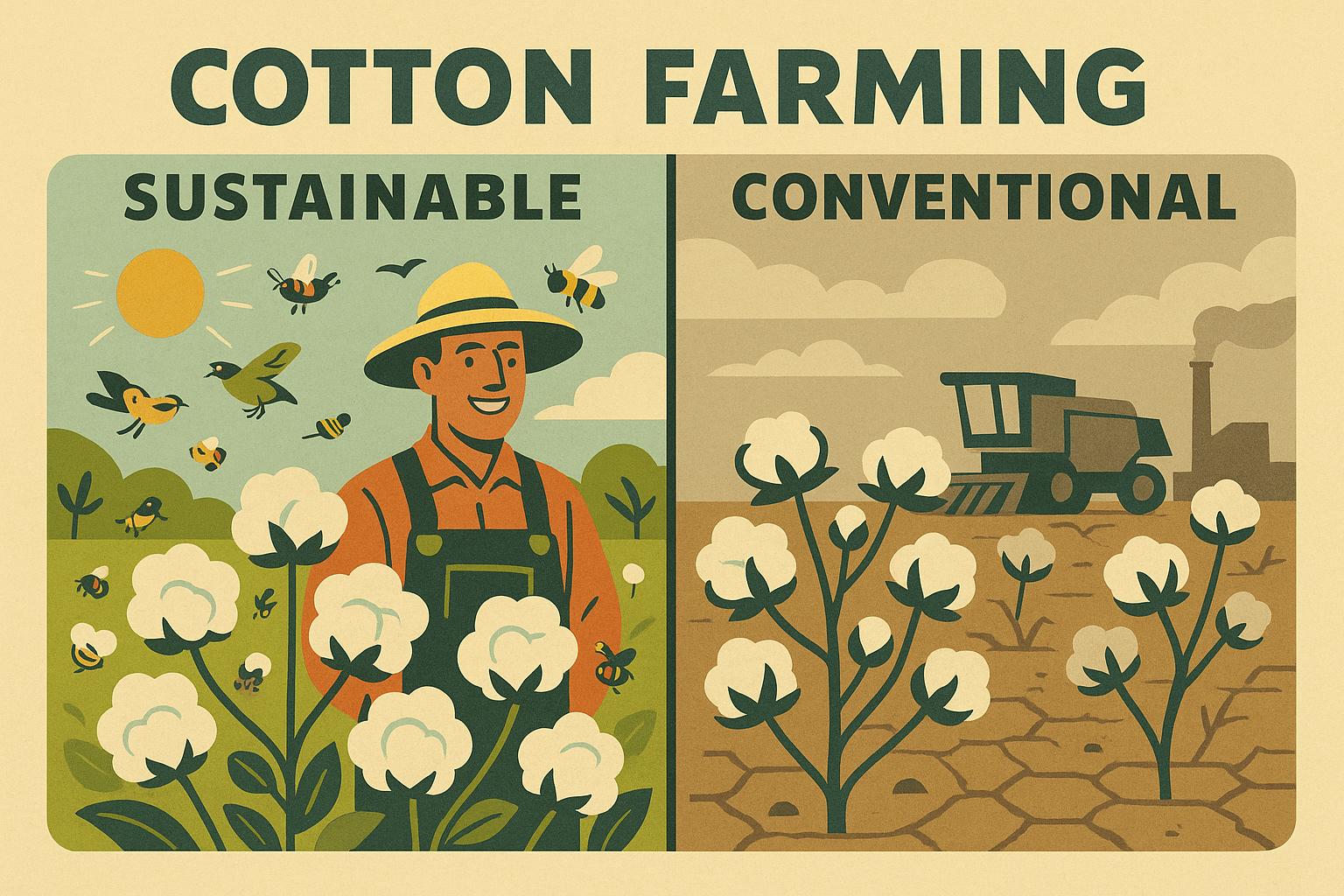Cotton nematode management is essential for growers combating these microscopic soil pests that infiltrate roots, forming galls or cysts that impair water and nutrient uptake, often slashing yields by 10-30% in infested fields across the Belt. For veteran producers familiar with variable-rate applications and hybrid tolerances, effective cotton nematode management integrates resistant cultivars, rotational breaks, and targeted nematicides to sustain root architecture during critical squaring phases, preserving potentials for 1,200-1,500 pounds per acre even under moderate pressure. Unlike surface feeders that signal via foliage distortion, nematodes like Meloidogyne incognita (root-knot) and Rotylenchulus reniformis (reniform) operate belowground, thriving in sandy loams at 75-85°F and pH 5.5-7.0, frequently synergizing with fungi to exacerbate wilt complexes. In hotspots where populations exceed 100 juveniles per 500cc soil, proactive cotton nematode management not only mitigates galling but enhances fiber uniformity, curbing micronaire penalties in premium contracts. This guide delves into diagnostic assays, cultural suppressants, and biological adjuncts backed by extension research, enabling seasoned operators to curb resurgence while optimizing inputs. Link to our cotton disease management post for fungal synergies in wilt control.
Decoding Nematode Species and Soil Dynamics in Cotton
Cotton nematode management requires pinpointing dominant species, as root-knot nematodes penetrate cells to induce galls that disrupt vascular flow, while reniform embed partially, siphoning nutrients and stunting growth—extension data reveals 15-25% boll reductions in susceptible uplands under co-infestations. In calcareous Mid-South clays, Pratylenchus (lesion nematodes) exacerbate entry for pathogens, amplifying losses twofold in drought-prone cycles.
Soil texture dictates pressure: Sands facilitate migration, elevating thresholds to 200+ per pint, per surveys showing 20-30% higher incidence in irrigated Southwest fields. pH below 5.5 inhibits hatching, but fertility excesses (N>180 lbs/acre) boost reproduction. Regional profiles vary: Southeast humidity favors root-knot, Plains dryness favors reniform.
Sampling grids (fall, 6-12 inches) quantify risks—extract via sieving for thresholds triggering rotations. These dynamics inform cotton nematode management, averting epidemics pre-bloom.
Diagnostic Tools and Symptom Identification for Nematodes
Accurate diagnostics fuel cotton nematode management, as aboveground signs like chlorosis, wilting, and patchy stunting mimic deficiencies, often emerging at first square with 10-20% misdiagnosis rates.
Root excavation exposes galls (root-knot) or soiled appearance (reniform); lab assays enumerate species via DNA probes, achieving 85-95% specificity. Soil bioassays with indicators like tomato quantify virulence—thresholds >50 juveniles warrant action in Pima.
Remote sensing via NDVI flags stressed zones early, correlating 80% with nematode density. Tissue analysis during pinhead reveals uptake imbalances, signaling infestation before visible galling. These tools in cotton nematode management enable precise interventions, salvaging 5-15% yield.
Leveraging Resistant Cotton Varieties for Nematode Tolerance
Hybrid resistance anchors sustainable cotton nematode management, restricting reproduction to bolster root mass under assault. Lines with Mi-1 genes thwart root-knot penetration, slashing galling 40-60% in trials.
Evaluate extension plots: PHY 480 W3FE curbs reniform, yielding 10-20% advantages over susceptibles. Multi-gene stacks enhance durability—rotate to prevent breakdowns, as tolerance fades after 5-7 years.
Complement with Bt for pest synergies; partial resistance halves thresholds, not eliminates. Seed treatments like abamectin add 5-10% vigor. In Pima, reniform-tolerant DP 348 RF minimizes cysts. Breeder advancements tailor cotton nematode management to biotypes.
Cultural Tactics: Rotations and Soil Amendments for Suppression
Cultural practices deplete populations in cotton nematode management, leveraging non-hosts to starve cycles. Rotate with corn or sorghum, dropping counts 50-70% over 2 years—avoid peanuts that sustain root-knot.
Solarization (clear plastic, 4-6 weeks) kills shallow nematodes, reducing 30-50% in sands. Amend SOM with compost (5 tons/acre), fostering antagonists and improving drainage.
Cover crops like marigolds release nematicidal compounds, slashing viability 25-40%. Density (60,000-80,000/acre) promotes escape; deficit irrigation stresses pests. These in cotton nematode management build suppressiveness, cutting chemicals 20-30%.
Biological Controls and Organic Amendments for Eco-Friendly Management
Biocontrols provide green boosts in cotton nematode management, deploying microbes to parasitize or outcompete. Purpureocillium lilacinum spores (10^8/acre) infect eggs, achieving 40-60% control in drip trials.
Mycorrhizae enhance tolerance, mitigating uptake losses 15-25%. Chitin amendments stimulate degraders, dropping densities 20-30%.
Apply in moist, 70-80°F soils for efficacy. For organics, these in cotton nematode management reduce synthetics 30-50%, meeting certifications.
Chemical Nematicides: Application Strategies for High-Infestation Zones
At thresholds >100, nematicides offer targeted cotton nematode management. Fluopyram (Group 7) at-plant suppresses reproduction, yielding 15-20% gains.
Aldicarb granules (15 lbs/acre) provide contact kill; rotate with oxamyl to delay resistance. Fumigants like 1,3-dichloropropene (30 gal/acre) pre-plant penetrate, knocking 60-80%; inject for coverage.
Bioassays verify; reapply if >30% survival. Zone-treat hotspots in cotton nematode management, blending with bios for sustainability.
Integrated Nematode Management: Multi-Tactic Approaches for Resilience
IPM fuses elements for comprehensive cotton nematode management. Stack resistance with rotations—e.g., sorghum-cotton depletes 60% vs. continuous.
Threshold scouting initiates treatments, GIS for precision. Models project ROI: IPM saves $50-100/acre.
Extension adapts: Southeast root-knot fumigants, Mid-South reniform biologics. Annual assays guide amendments. This in cotton nematode management maintains 1,100+ lb/acre with 35% input savings.
Monitoring and Record-Keeping for Adaptive Control
Ongoing surveillance refines cotton nematode management, tracking trends via apps that correlate density with weather for forecasts.
Fall sampling monitors shifts; >50 juveniles prompts covers. Records enable predictive tweaks in cotton nematode management.
Economic Evaluation of Nematode Management Tactics
Cost-benefit directs cotton nematode management: Assays $20/acre offset 150-300 lb losses.
Resistant’s premium $25/acre, recovered through 10-15% uplifts. Nematicides $80-120/acre for severe; IPM $60-100/acre, netting $150-300.
| Strategy | Cost Estimate | Benefits | Yield Impact |
|---|---|---|---|
| Soil Assays | $15-25/acre | Precise thresholds | Informed action |
| Resistant Varieties | $20-30/acre premium | Reduced galling | +10-15% |
| Rotations/Amendments | $20-40/acre | Population depletion | Stable |
| Biologicals | $25-50/acre | Eco-suppression | +5-10% |
| Nematicides | $80-120/acre | Rapid reduction | +15-25% |
Adapt for economics in cotton nematode management.
Regional Variations and Challenge Mitigation
Customize cotton nematode management: Southwest targets reniform with fumigants; Southeast root-knot via covers.
Issues like variable efficacy are addressed with stacks. Costs? Incentives support. Labor for sampling; tech automates.
Solutions fortify cotton nematode management.
Innovations Advancing Nematode Control
Breeding yields multi-species resistance; CRISPR silences susceptibility genes.
Sensors map densities in real-time, optimizing applications.
These propel cotton nematode management forward.
In summary, strategic cotton nematode management shields profitability via integration. Assay annually, select resistants, rotate effectively, and tailor regionally. Evaluate ROI for adjustments. Link to our improving soil health in cotton farming post for amendment ties. What's your nematode tactic?


